

| Valorie Miller | Fall 2001 |
| History 1302 | Hines |
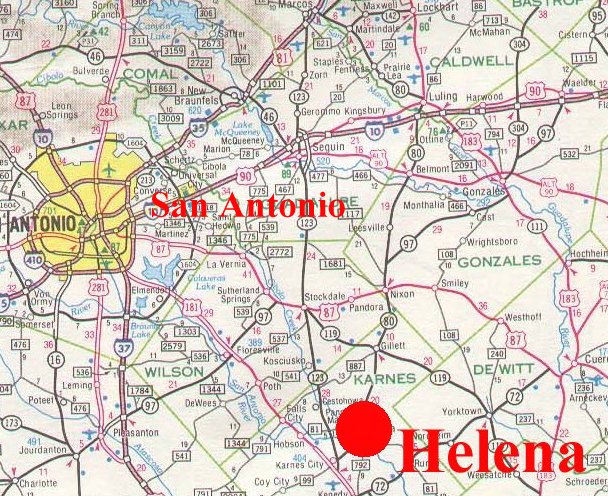
Click on the picture to see larger
view. 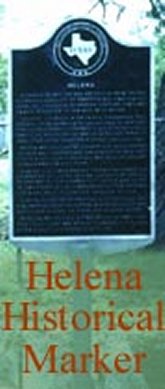
Click on the picture to see larger
view. 
Click on picture to see larger
view. 
Click on the picture to see larger view.
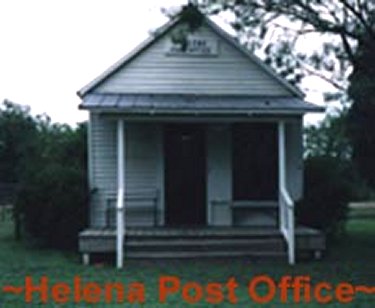
Click on the picture to see larger
view. 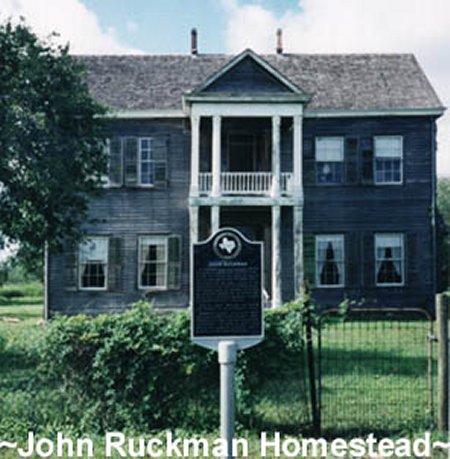
Click on picture to see larger
view. 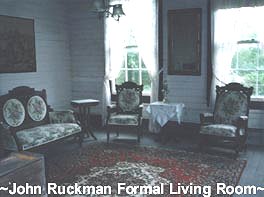
Click on the pictures to see larger
view.
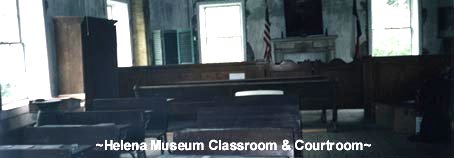
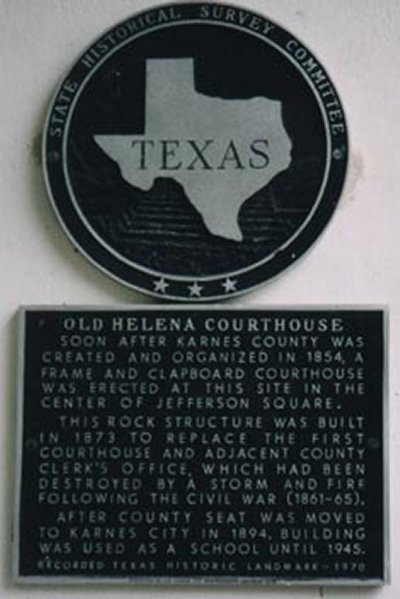
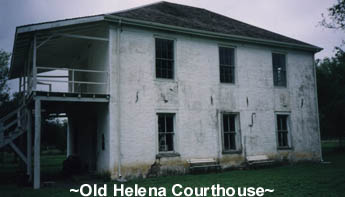
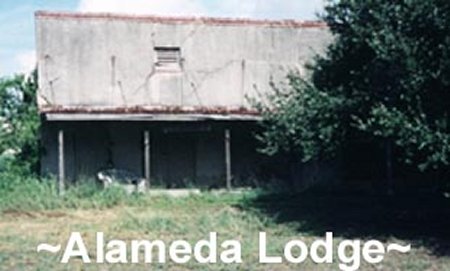
Click on the picture to see larger
view.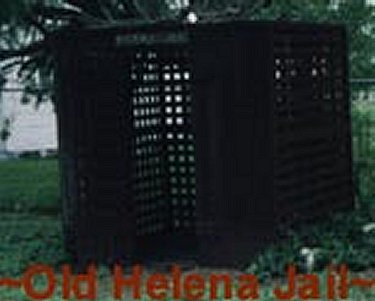
Click on the picture to see
larger view.
Click on the picture to see
larger view.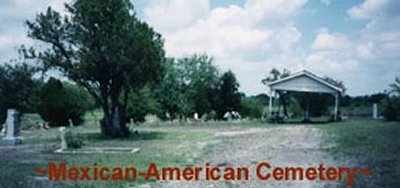
Click on the picture to see larger
view.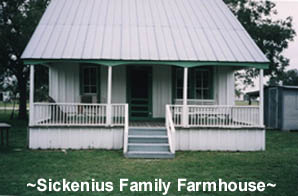
Hedwig, Krell Didear. A History of Karnes County and Old Helena. Austin:
San Felipe, 1969
Thornhoff, Robert H., "History of Karnes County
(M.A. thesis, Southwest Texas State College, 1963)
Fuller, Henry C. "Pioneer Days in Karnes County."
Frontier Times Aug 1928
"Helena, Texas". The Handbook of Texas Online
http://www.tsha.utexas.edu/handbook/online/articles/HH/hnh18.html
Severson, Harold. "Sure! We All Know Rocky Reagan."
Cattleman July 1942
Syers, Ed. Backroads of Texas
Houston: Gulf
Publishing Co., 1988
"Ghost Town."
San Antonio Express News Magazine
24 January 1993
Ruckman, John. "Letter from Bereaved."
San
Antonio Express News Magazine 28 March 1953
Schuenemann, Sr. Helmuth H. "The Karnes County Story."
Karnes County News 1979
St. John, Bob. "Tiny Helena Preserves it's Rich History."
Dallas Morning News 24 July 1999
Clements, Jesse. "Town remebers theft of courthouse- Helena Marks Demise of
Lawless' Boomtown."
San Antonio Express News 3
September 1996
Mrs. Coate. Personal interview. 12 Oct. 2001